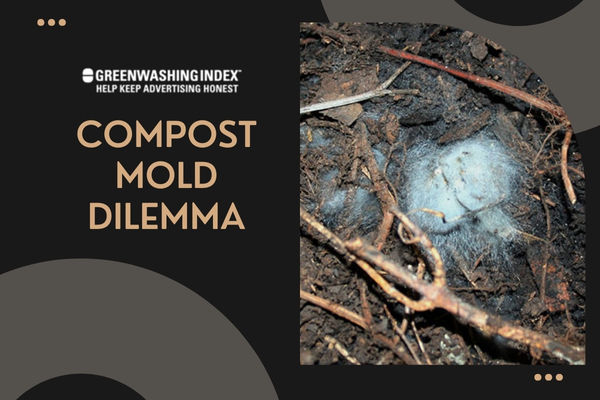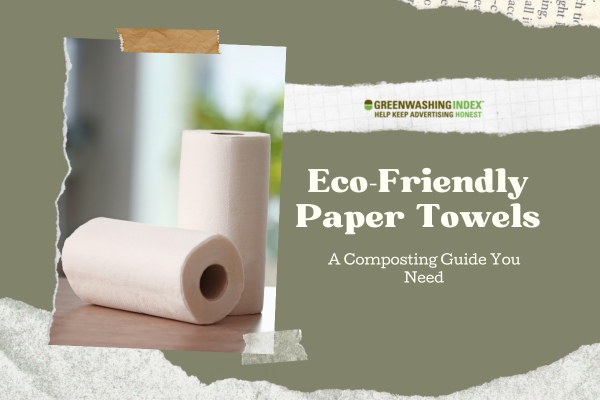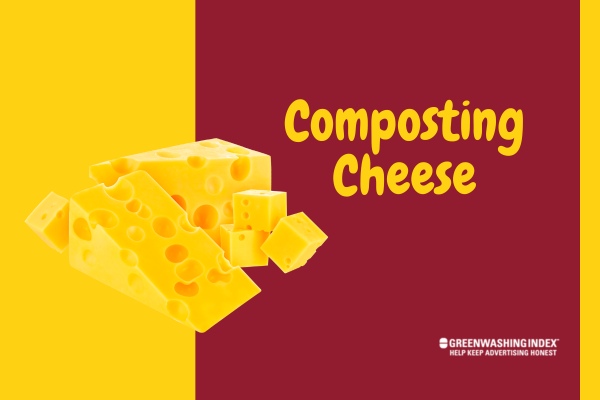Starting a compost pile is like creating a tiny ecosystem in your backyard, one that turns kitchen scraps and yard waste into something magical for your garden.
But what happens when you spot mold in compost? Suddenly, this symbol of renewal feels like it may have taken a wrong turn. Compost mold can seem startling and might make some folks wonder if they’re doing the whole composting thing right.
Should you worry about mold in your compost pile? Here’s the short answer: Not really. Mold is actually part of the natural breakdown process of organic materials.
That white or green fuzz on your compost is typically just nature doing its job, helping to break everything down into rich, fertile soil that plants love. Now, sure, there are times when mold could be a sign to fix something with your pile, but by and large, it’s not cause for alarm.
What You’ll Learn from This Read
- Why mold in compost is mostly A-OKAY.
- Simple ways to identify good vs bad molds.
- Expert tips to effectively manage your compost pile.
- How to maintain an ideal mix preventing nasty molds.
- The truth about using molded compost on plants.
Identification of Mold in Compost
When I work with my compost pile, sometimes I notice changes that make me take a closer look. This is how I check for the signs of compost mold.
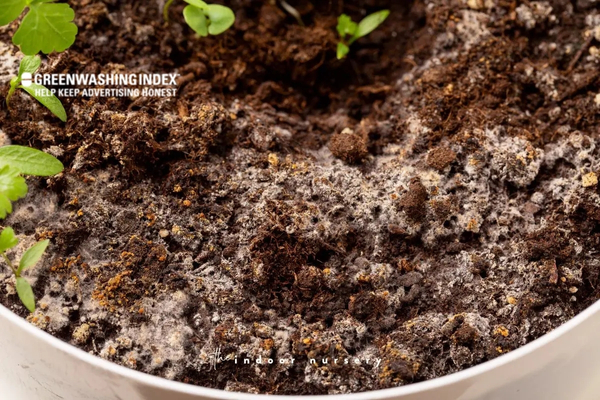
Recognizing Compost Mold
Here’s how I can tell if there’s mold growing in my compost:
- Color: Mold in compost can show up in different colors. What I often see is a white, green, or blue tint scattered throughout the material.
- Texture: If there’s a fluffy or fuzzy layer on top of the compost or mixed within it, that’s usually mold. It feels soft and slightly spongy when I touch it with gloves on.
- Smell: Compost has an earthy smell naturally, but if there’s an especially strong musty odor, kind of like old bread, it might be because there’s mold growing.
Types of Mold Found in Compost
There are different molds that can grow in my compost:
- White Fungus: This one looks like tiny threads reaching out through the material. It’s very common and mostly shows up when there’s plenty of moisture around.
- Green/Blue Mold: This type reminds me of the stuff you see on old food in your fridge. It can have various shades, from bright green to deep blue-green.
Each type has its own way of showing up and affects how my compost works in my garden. Keeping an eye out for these will help me know what’s going on and if my pile is healthy.
Also Read: How to Start a Compost Pile: A Beginner’s Guide
Understanding Compost Mold
When I see mold in my compost, my first thought isn’t to worry. Understanding compost mold is all about knowing what it does. Mold is a type of fungus, and in the world of composting, it’s pretty much one of the main players. Here’s why:
- Breaks Down Organic Matter: Mold has a job to do. It helps break down plant material, like leaves and food scraps. It eats up these bits by releasing substances that make them fall apart.
- Works with Other Microorganisms: In your compost pile, mold is not working alone. It hangs out with bacteria, insects, and other tiny organisms that are also breaking things down.
- Speeds Up Composting: By doing its thing, mold actually speeds up how fast your pile turns into compost. This means you get that rich soil-like stuff to use in your garden sooner.
The Role of Mold in Composting
Mold plays a crucial role in turning your kitchen scraps and yard clippings into nutrient-rich soil. The process goes something like this:
- You toss organic stuff into your compost bin or pile.
- Mold spores naturally find their way there because they’re floating around in the air all the time.
- Once they land on something tasty (like wilted lettuce or banana peels), they start to grow.
- As they grow, molds release enzymes that break organic matter into smaller pieces.
- Smaller pieces mean more surface area for bacteria to work on, too—it’s teamwork!
- Over time, with help from worms and other organisms, plus some air and water, everything breaks down into compost.
It’s sort of like having an army of tiny recyclers turning waste into garden gold.
Is Compost Mold Dangerous?
People often ask me if the mold found in their compost could be bad for them or our planet; here’s what you need to know:
- Not Harmful to Most Plants: When you add this finished compost to your plants, they thrive! That’s because it’s full of good stuff—a little bit like vitamins for plants.
- Usually Not Harmful to People: For most people, walking past or working with a matured pile isn’t going to cause any harm.* Here’s the deal:*
- If you’re healthy and don’t have breathing issues like asthma or allergies specific to mold – there’s low risk involved when handling well-managed compost.
- But if you’ve got health conditions related to breathing or immune system defenses—be careful with any kind of dust or spores (including those from molds).
- Good Practice Management: Properly managing your pile reduces concerns:
- Keep it well-aerated by turning it over now and again so that materials get evenly broken down.
- Make sure there’s a good balance between “greens” (nitrogen-rich materials) and “browns” (carbon-rich materials).
In simple terms? A well-maintained composter creates an environment where harmful effects from molds are minimal because bacteria usually take over before anything risky builds up.
So next time someone mentions seeing some fuzzy growth on their veggie scraps destined for the composter pot—I’d say don’t panic! Remembering these points can help us respect but not fear our microscopic friends working 24/7 on one magnificent task: turning yesterday’s waste into tomorrow’s growth potential!
Also Read: Composting Chicken Bones: Your Complete How-To Guide
Steps for Mold Composting
When I begin a compost pile, my goal is to make it a home where mold can live and help break down organic matter. That’s right, mold in compost is not always my enemy; sometimes, it’s my helper. Here’s what I do to get things started.
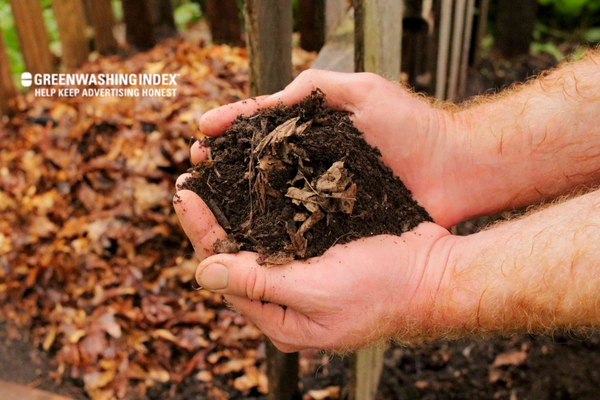
- Choose the Right Spot: I find a spot outside that’s flat and has good drainage. This means water won’t stand still on top and drown my compost.
- Create a Base: I lay down some branches or straw first. This makes sure air can get in from the bottom.
- Mix Greens and Browns: The ‘greens’ are things like vegetable peels or coffee grounds—they’re moist and break down fast. The ‘browns’ are dry leaves or cardboard—they take longer to decay but add bulk.
- Add Natural Mold Starters: Some stuff invites mold all by itself, like bread crusts or fruit scraps that are going overripe.
- Layer It Up: I put greens, then browns, then greens again, like making a lasagna! Each layer is not too thick, about 2-4 inches so that air can flow between them easily.
- Sprinkle Water: The pile needs to be damp but not soaking wet—think of the wetness of a wrung-out sponge.
- Turn the Mix Regularly: Once every week or two, I turn the pile over with a shovel to let air in and help mold do its job without getting too wild!
Maintaining the Right Conditions
Now let me guide you through keeping your compost healthy by managing moisture, temperature, and air:
- Check Moisture Levels: About once every week, I feel the compost with my hands – if it’s too dry, I add water with a watering can – just enough till it is damp but not dripping water everywhere
- Monitor Temperatures: A warm pile means things are working – I stick my hand in there (wearing gloves!). If it’s warm but not hot enough to burn me, that’s just right
- Adjust Airflow When Needed: Letting air move through keeps mold at bay – if it starts smelling foul, I turn it more often, even twice in one week!
Remember, maintaining balance is key. Too much water heat or compacted materials without any air will lead to bad smells instead of good decomposition, So keep giving your pile love by watching these three things closely. You’ll know you’re doing it right when you see fluffy white or greenish threads. That’s your friendly neighborhood compost mold!
Also Read: Composting Orange Peels: The Hidden Truth
Managing Mold in Your Compost
Mold in compost happens often. You might find it when you turn your pile or see it as white, green, or black spots. Some folks get worried about mold in their compost. I want to talk about how to handle it.
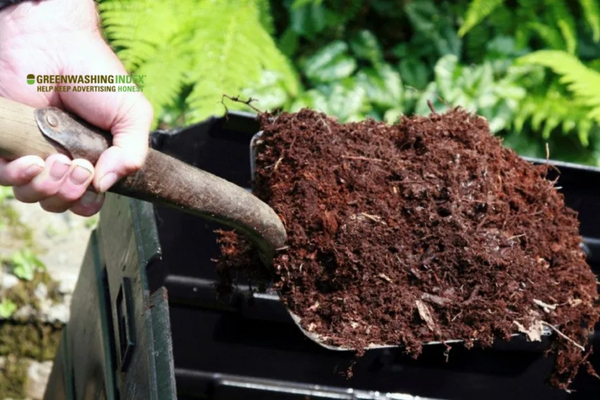
Balancing Your Compost Pile
To keep mold at bay, balance is key. You want to have a mix of ‘greens’ and ‘browns’. Greens are things like fruit scraps, veggie bits, and coffee grounds. Browns are dry leaves, cardboard pieces, and straw.
Here’s what to do:
- Mix evenly: Try for a half-and-half blend of greens and browns.
- Chop your materials: Smaller pieces break down quicker and avoid big moldy spots.
- Watch the wetness: Your pile should feel like a wrung-out sponge – not too wet or dry.
- Check if it’s hot in the center: A warm center means good compost action without lots of mold.
By keeping this balance, you’ll see less bad mold growth.
When to Turn Your Compost Pile?
Another part of controlling compost mold is turning your pile. This means mixing everything up with a shovel or fork.
Here’s why and how you do this:
- Aerate: Mold loves still air and moisture together. By turning the pile, you let air come through, which makes it harder for that bad mold to grow.
- Even out moisture: Sometimes, parts of your pile are wetter than others, which can cause more mold growth there.
- Do it regularly: Turning every few weeks keeps everything mixed up nicely.
If you follow these tips on balancing and turning your compost pile, you shouldn’t worry much about the normal molds that pop up from time to time — they’re usually not harmful but just breaking down plant stuff into garden goodness!
Remember these suggestions: Balance greens with browns, chop stuff small if possible, and keep an eye on moisture, but don’t let it get too soggy or dry! Regularly turning helps, too – so those molds don’t take over!
By managing things this way, most molds won’t be troublemakers in your backyard heap!
Also Read: Composting Onions: Unearthing the Truth and Squashing Myths
Best Practices Against Harmful Molds
When I’m out in my garden, working on my compost, I sometimes see different kinds of mold. You know, mold is part of the composting process. But some molds can be bad for the compost and for me, too. So, how can you tell which molds are okay and which ones aren’t? Let’s dig into that.
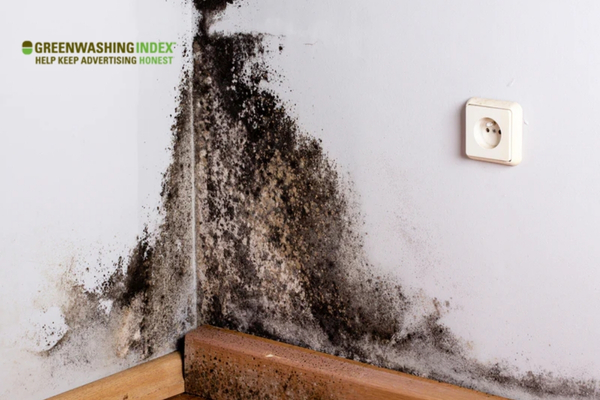
Identifying Harmful Molds
First off, most times when you see mold in compost, it’s just doing its job—breaking things down. These molds come in all sorts of colors, like white, green, or even yellow. They look fuzzy or powdery, and they’re usually nothing to worry about.
But there are some molds that aren’t so good for the health of your pile or your garden plants later on. Sometimes, these harmful molds might have a super strong, musty smell or look slimy.
Here’s what you should watch out for:
- Color: Some bad molds might be darker, like black or a deep greenish-black color.
- Smell: If your nose is hit with a really bad smell from your compost that doesn’t go away pretty quickly—that could be a sign something’s wrong.
- Texture: The nasty ones often have a slimy layer instead of just being dusty or fluffy, like the safer kinds.
Remember this: if you touch it (always wear gloves!) and it feels sorta slick and icky – alarm bells should ring in your head!
Methods To Suppress Unwanted Molds
Now, let’s talk about kicking those bad molds to the curb. We don’t want them ruining our hard work with our compost piles. Here’s what we can do:
- Hot Composting: Pushing up the heat by piling up stuff properly can really help! When stuff breaks down fast because it’s hot in there (somewhere between 135°F to 160°F), those harmful molds don’t stand a chance.
- Turn Your Pile Regularly: By mixing everything up every now and then (like once every week or two), the air gets everywhere inside the pile, making it hard for bad mold to grow because they like places with no air.
- Balance Brown And Green Materials: You want to get this right—one too many greens (think kitchen scraps) and things might get too wet, leading to unwanted mold growth. More browns (like dried leaves) help keep things dry but still break down well.
- Chop Up Larger Items: When you chop up things before adding them to your pile, they break down quicker! Plus, smaller pieces let air move through more easily, which helps stop those unwanted squishy guests from moving in.
- Water Carefully: A little water is good, but too much could make your pile soggy – soggy piles invite trouble-makers, including unwanted mold!
By sticking with these simple methods, not only do I tell harmless fluffies from creepy crawlies, but I also keep my backyard happy without those grim, uninvited guest molds crashing my compost party. Protecting compost health isn’t rocket science—it’s about keeping an eye out and taking action when needed!
So next time you’re peering into that heap of future soil gold—remember these tips about mold management. Happy composting!
Also Read: Pineapple Composting: Your Ultimate Guide to Doing it Right!
Impact of Mold on Plant Health
When I see mold in my compost, the first thing I do is take a closer look. You know, mold isn’t always bad for plants, and it can actually be a part of a healthy composting process.
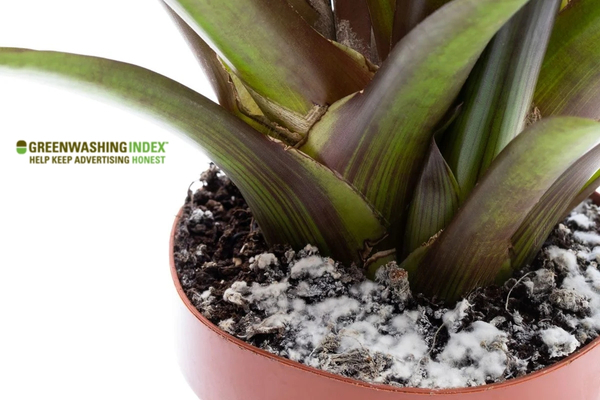
Using Moldy Compost on Plants
Now, if you want to use compost that has mold in it on your plants, let’s break down what you need to check:
- Type of Mold: Look at the color and texture. White or green threads are usually okay because they’re signs of microorganisms breaking stuff down.
- Smell: Get up close and take a sniff. Earthy smells are good; foul odors mean something isn’t right.
- Stage of Compost: If it’s well broken down and looks like soil, the mold has likely done its job.
Here’s what you should remember:
- Fresh mold means the compost still needs time to “cook” and break down more.
- Spreading partly molded compost near plants might not harm them but can attract pests or cause new molds to form where you don’t want them.
To Use or Not To Use: If, after looking at these points, everything seems alright (decent smell, no icky colors), then it’s generally safe to use the compost mold around your plants.
Conclusion
When I think about compost mold, I understand it’s a natural and vital part of the composting process. While some gardeners might worry when they see mold in their compost pile, it’s often a sign that things are breaking down as they should.
It’s important, however, to know which molds are friends and which are foes. By maintaining the right conditions, like moisture and temperature, turning the pile regularly, and balancing the materials added to it, you can manage mold growth effectively.

